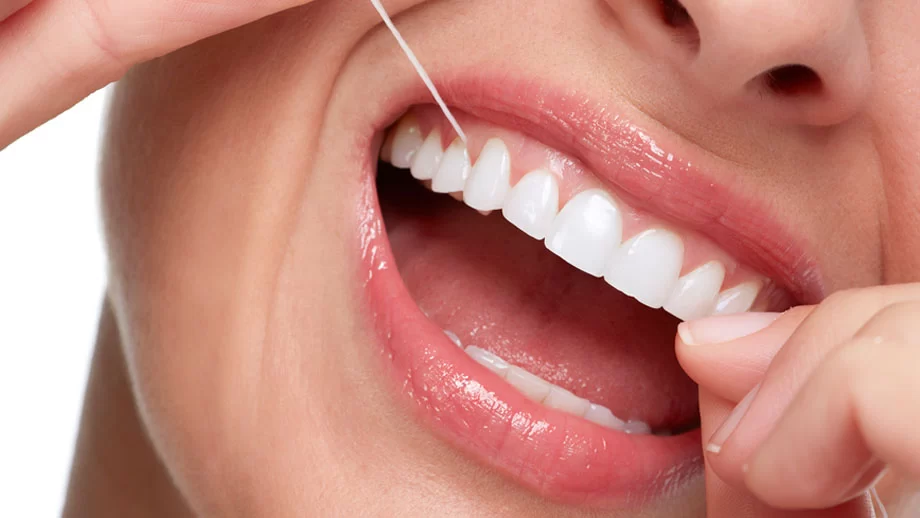
How to Use Dental Floss Effectively: Tips and Techniques for Optimal Dental Hygiene

Trending Blog Articles
Popular Dental Blog Posts
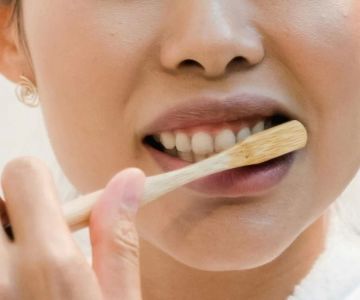 Healthy Oral Habits to Reduce Tooth Sensitivity: Effective Tips & Solutions
Healthy Oral Habits to Reduce Tooth Sensitivity: Effective Tips & SolutionsDiscover how healthy oral habits can help reduce tooth sensitivity. Learn effective tips and solutions to maintain oral health and alleviate discomfort from sensitive teeth.
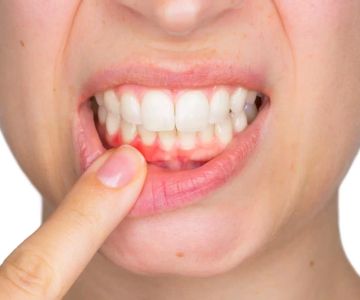 How to Prevent Gingivitis with Healthy Oral Care Habits | Essential Tips for Better Oral Health
How to Prevent Gingivitis with Healthy Oral Care Habits | Essential Tips for Better Oral HealthDiscover effective ways to prevent gingivitis through healthy oral care habits. Learn essential tips to maintain better oral health and avoid gum disease.
 How to Choose the Right Toothbrush for Healthy Teeth
How to Choose the Right Toothbrush for Healthy TeethLearn how to choose the right toothbrush for healthy teeth. Explore tips on toothbrush selection, electric vs. manual options, and how soft bristles support dental hygiene for a healthier smile.
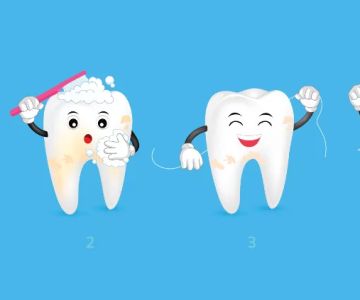 Healthy Habits for Protecting Your Teeth from Damage: Essential Tips for Stronger, Healthier Teeth
Healthy Habits for Protecting Your Teeth from Damage: Essential Tips for Stronger, Healthier TeethLearn the best healthy habits to protect your teeth from damage. Discover expert tips on dental care, preventing tooth damage, and maintaining oral health for a healthier smile.
 Healthy Habits for Promoting Good Oral Health and Hygiene – Expert Tips for a Bright Smile
Healthy Habits for Promoting Good Oral Health and Hygiene – Expert Tips for a Bright SmileDiscover the best healthy habits for promoting good oral health and hygiene. Learn expert tips to improve oral hygiene, maintain healthy teeth and gums, and promote a radiant smile with simple, effective practices.
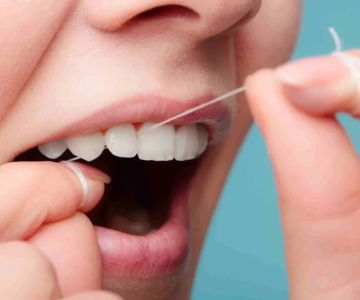 How to Brush and Floss Your Teeth Effectively for Better Health
How to Brush and Floss Your Teeth Effectively for Better HealthLearn how to brush and floss your teeth effectively for better health. Discover essential tips for proper oral care and maintaining healthy teeth with the right brushing and flossing techniques.
Categories
Popular Dental Clinics
 Westgate Dental Arts3.0 (2 review)
Westgate Dental Arts3.0 (2 review) Coventry Family Dental4.0 (247 review)
Coventry Family Dental4.0 (247 review) Familia Dental3.0 (1028 review)
Familia Dental3.0 (1028 review) Dr. Daniel S. Fife, DDS4.0 (31 review)
Dr. Daniel S. Fife, DDS4.0 (31 review) Dentistry At Suburban Square: Michael I. Wollock, DMD4.0 (1228 review)
Dentistry At Suburban Square: Michael I. Wollock, DMD4.0 (1228 review) Comfort Care Dental4.0 (1156 review)
Comfort Care Dental4.0 (1156 review) Top Dental Blog Posts
Most Searched Dental Clinics
Hot Blog Topics
 The Importance of Oral Health Education During Pregnancy for a Healthy Pregnancy
The Importance of Oral Health Education During Pregnancy for a Healthy Pregnancy Why Skipping Dental Checkups Can Lead to Bigger Oral Health Problems
Why Skipping Dental Checkups Can Lead to Bigger Oral Health Problems Best Tips for Brushing Your Teeth Properly for Healthy Gums: Essential Techniques for Oral Health
Best Tips for Brushing Your Teeth Properly for Healthy Gums: Essential Techniques for Oral Health Advantages of Porcelain Dental Restorations
Advantages of Porcelain Dental Restorations How Can Diabetes Cause Tooth and Gum Problems? Preventing and Managing Oral Health Issues
How Can Diabetes Cause Tooth and Gum Problems? Preventing and Managing Oral Health Issues Healthy Habits for Promoting Good Oral Health and Hygiene: Tips for a Healthy Smile
Healthy Habits for Promoting Good Oral Health and Hygiene: Tips for a Healthy Smile 